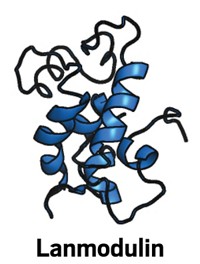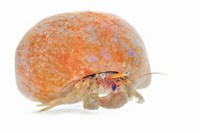Advertisement
Grab your lab coat. Let's get started
Welcome!
Welcome!
Create an account below to get 6 C&EN articles per month, receive newsletters and more - all free.
It seems this is your first time logging in online. Please enter the following information to continue.
As an ACS member you automatically get access to this site. All we need is few more details to create your reading experience.
Not you? Sign in with a different account.
Not you? Sign in with a different account.
ERROR 1
ERROR 1
ERROR 2
ERROR 2
ERROR 2
ERROR 2
ERROR 2
Password and Confirm password must match.
If you have an ACS member number, please enter it here so we can link this account to your membership. (optional)
ERROR 2
ACS values your privacy. By submitting your information, you are gaining access to C&EN and subscribing to our weekly newsletter. We use the information you provide to make your reading experience better, and we will never sell your data to third party members.
Environment
Metal-binding polymer continues to surprise
New details on the chemistry of poly(amidoxime) sorbents could help optimize the extraction of valuable metals from seawater
by Stephen K. Ritter
November 27, 2017
| A version of this story appeared in
Volume 95, Issue 47

The world’s oceans contain more than 4 billion tons of uranium, an amount that could supply fuel for nuclear power production for centuries. The trick is how to harvest the metal ions, which occur at a dilute 3.3 ppb in the vast and deep blue sea.
Chemists have long been developing polymeric materials that selectively absorb uranium, gold, and other valuable metals from seawater. For uranium, researchers have focused on sorbent mats made from poly(amidoxime)s in which the nitrogen-oxygen functional groups in the polymers selectively bind uranium ions.
In a new study, Alexander S. Ivanov of Oak Ridge National Laboratory (ORNL) and coworkers report a nuance in this chemistry: poly(amidoxime)s actually bind vanadium ions better than uranium ions. This observation could lead to developing better materials for plucking uranium out of seawater, Ivanov says, but also help in efforts to mine the oceans for metals like vanadium and lithium, which are used in batteries, rather than using environmentally destructive surface mining (Nat. Commun. 2017, DOI: 10.1038/s41467-017-01443-1).
By using a combination of titration, X-ray spectroscopy, and computer simulation, ORNL researchers in collaboration with Lawrence Berkeley National Laboratory and UC Berkeley found that the cyclic imide-dioxime units in poly(amidoxime)s preferentially bind V5+ over UO22+. They also found that linear amidoxime units in the polymers don’t bind V5+ but do bind UO22+. This knowledge should help researchers design polymers for more efficient capture of uranium, vanadium, and other metals.





Join the conversation
Contact the reporter
Submit a Letter to the Editor for publication
Engage with us on Twitter